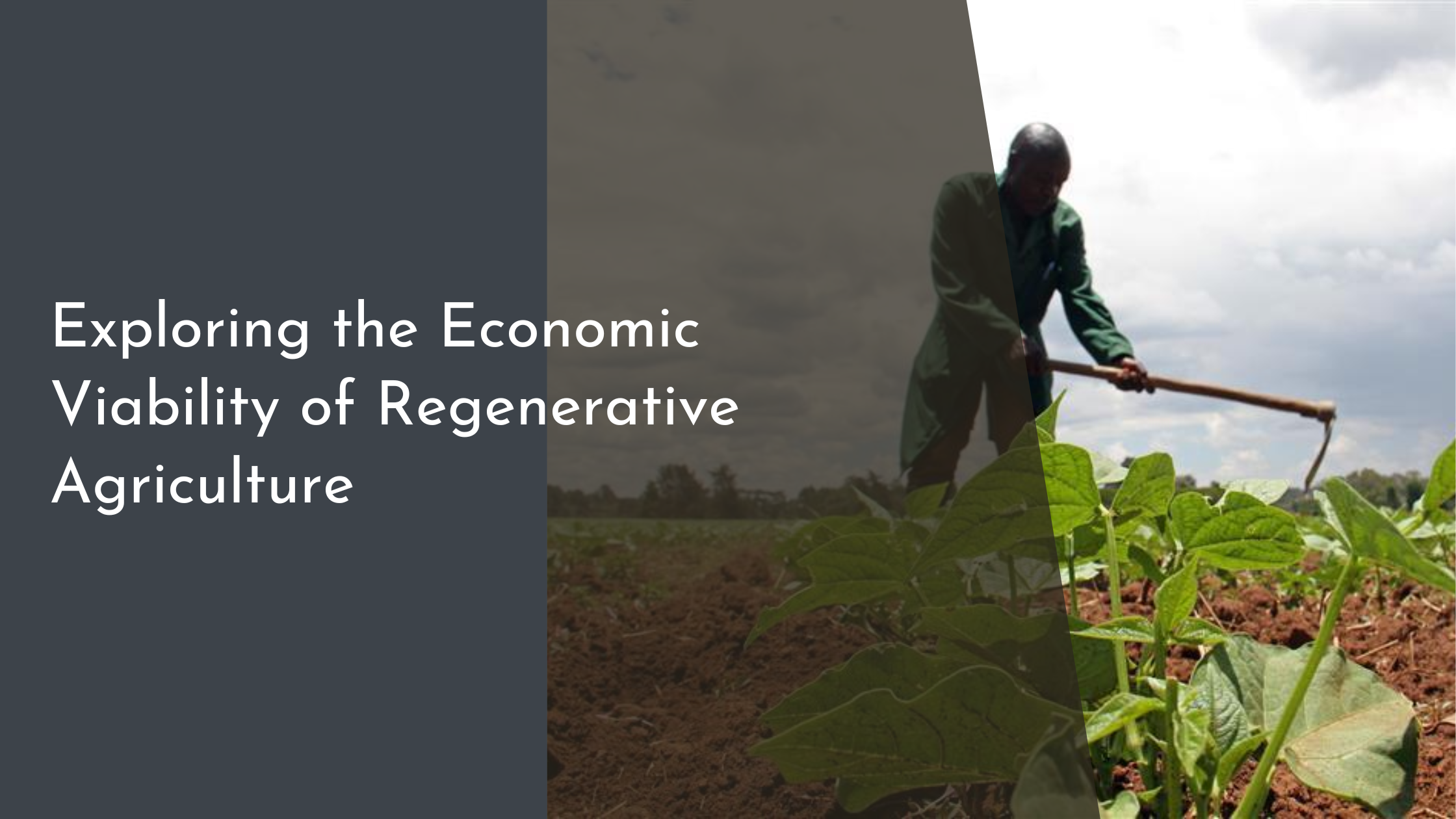Exploring the Economic Viability of Regenerative Agriculture
Exploring the economic viability of regenerative agriculture has become a focal point in discussions surrounding sustainable agricultural practices. As the world grapples with the twin challenges of food security and environmental degradation, regenerative agriculture offers a promising path forward. This approach not only aims to enhance biodiversity and restore soil health but also seeks to provide economic benefits to farmers and communities. This article delves into the core principles of regenerative agriculture, examines its economic benefits and challenges, analyzes market potential and consumer demand, and provides concluding insights on shaping a sustainable future.
Understanding Regenerative Agriculture Principles
Regenerative agriculture is built on a foundation of principles designed to restore and enhance the health of ecosystems through holistic farming practices. It prioritizes soil health, biodiversity, and water management by implementing techniques such as crop rotation, cover cropping, and reduced tillage. These practices help to increase organic matter in the soil, improve water retention, and reduce the need for chemical inputs. The core philosophy of regenerative agriculture is to create a self-sustaining agricultural system that not only produces food but also rejuvenates the land and its resources.
Another important aspect of regenerative agriculture is its emphasis on community and knowledge sharing. Farmers practicing regenerative agriculture often collaborate to share insights, experiences, and innovations. This approach fosters a sense of community and collective responsibility for the land. It moves beyond conventional farming’s focus on short-term yields and instead prioritizes long-term resilience, environmental stewardship, and socio-economic benefits for communities. By aligning agricultural practices with natural processes, regenerative agriculture seeks to create a more sustainable and harmonious relationship between humans and the environment.
Evaluating Economic Benefits and Challenges
The economic benefits of regenerative agriculture are multifaceted. Farmers can reduce input costs by minimizing the use of synthetic fertilizers and pesticides, opting instead for natural alternatives and farming techniques that enhance soil fertility and pest resistance. Moreover, healthy soil can increase crop yields over time, resulting in higher profitability. By focusing on diverse crop rotations and integrating livestock, farmers can also create new revenue streams and reduce dependency on single crops. Regenerative agriculture can lead to more resilient systems that better withstand climate-related disruptions, further securing farmer income.
However, transitioning to regenerative agriculture also presents challenges. The initial shift may require investment in new equipment, training, and sometimes lower short-term yields, which can be financially daunting for farmers. There’s also the need for education and support systems to help farmers fully understand and implement regenerative techniques effectively. Additionally, farmers may face barriers in accessing markets or receiving premiums for sustainably produced goods. Policymakers and stakeholders must work together to provide incentives, subsidies, and technical support to ease the transition and ensure that the economic benefits are attainable for all farmers.
Analyzing Market Potential and Consumer Demand
Consumer awareness and demand for sustainably produced food have been rising steadily, creating a promising market potential for regenerative agriculture products. Shoppers are increasingly interested in purchasing goods that are not only healthy for them but also beneficial for the environment. This shift in consumer behavior can drive significant market opportunities for farmers who adopt regenerative practices. Retailers and food companies are also beginning to recognize the value of sourcing products from regenerative agriculture, opening up new distribution channels and branding opportunities.
Despite the growing demand, challenges remain in connecting regenerative farmers with consumers. There is still a need for clear, standardized labeling and certification systems that can help consumers easily identify regenerative products. Moreover, educating consumers about the benefits of regenerative agriculture can further drive demand and justify premium pricing. By investing in marketing strategies and engaging with stakeholders across the supply chain, the market potential for regenerative agriculture can be realized, creating a win-win situation for consumers, farmers, and the environment.
Concluding Insights on a Sustainable Future
Regenerative agriculture holds the promise of not only preserving but also enhancing our planet’s natural resources while providing economic benefits. By prioritizing soil health, biodiversity, and community engagement, this approach can create resilient agricultural systems that are better equipped to handle the challenges of climate change and global food demand. While challenges exist in terms of initial investment and market access, the long-term benefits make regenerative agriculture a compelling choice for a sustainable future.
As we look toward a future where sustainability is no longer an option but a necessity, regenerative agriculture emerges as a beacon of hope. By fostering ecosystems that thrive, improving farmer livelihoods, and meeting consumer demand for sustainable products, regenerative agriculture is not just an innovative farming technique but a vital step in reimagining our food systems. Embracing this approach will require collaboration between farmers, consumers, policymakers, and industry leaders, but the potential rewards—a healthier planet and a more equitable economy—are well worth the effort.

